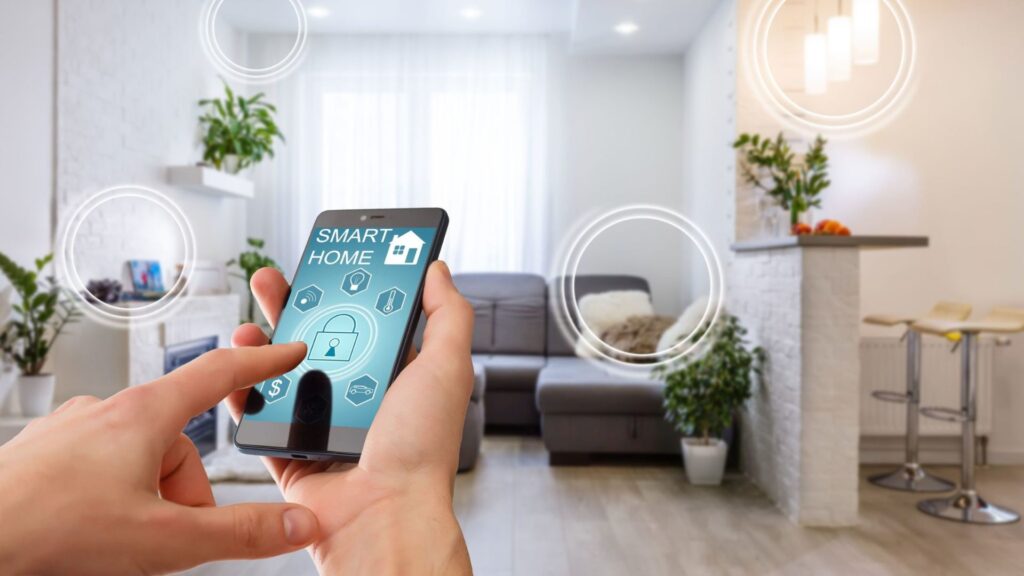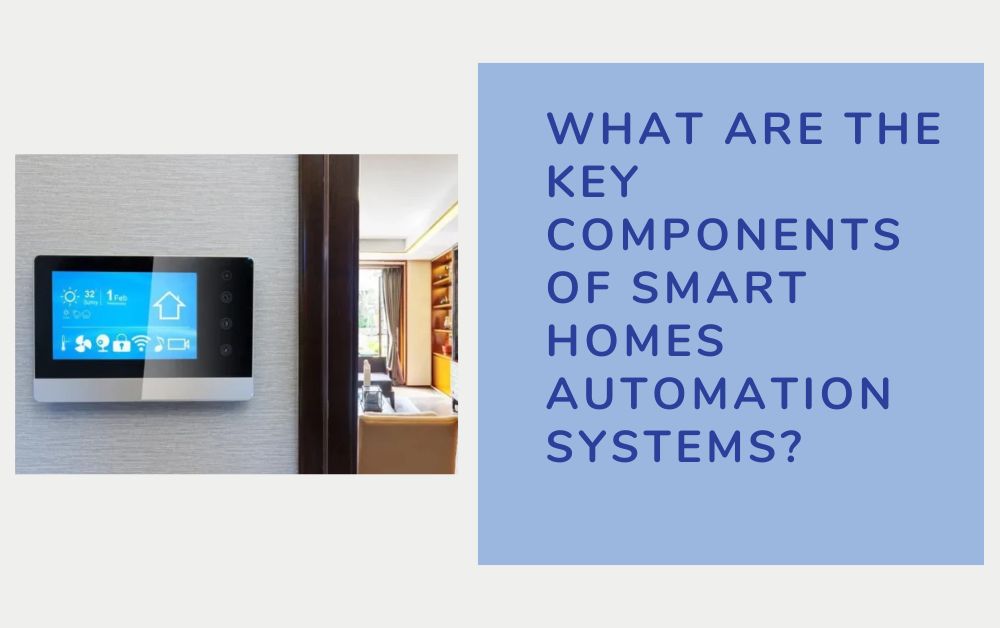Smart home automation systems have revolutionized modern living by integrating technology to enhance convenience, comfort, and efficiency. These systems leverage interconnected devices and sensors to automate tasks and provide remote control over various functions within a home. This blog explores the essential components that make up a smart homes automation system, highlighting their functionalities and benefits for homeowners.
Understanding Smart Home Automation Systems
What Is a Smart Home Automation System?
A smart home automation system comprises interconnected devices and technologies that enable automated control and monitoring of home appliances, lighting, heating, security systems, and more. These systems are designed to simplify daily tasks, improve energy efficiency, and enhance overall home security and comfort.
How Do Smart Home Automation Systems Work?
Smart home automation systems operate through a central hub or controller that communicates with individual smart devices via wireless protocols such as Wi-Fi, Zigbee, or Z-Wave. Users can control and manage these devices remotely using a smartphone app, voice commands, or programmed schedules.
Key Components of Smart Home Automation Systems
1. Central Hub or Controller
The central hub acts as the brain of the smart home automation system, coordinating communication between various devices. It allows users to set automation rules, create schedules, and receive notifications from connected devices.
2. Smart Devices and Sensors
Smart devices include a wide range of appliances and gadgets equipped with connectivity features, such as smart thermostats, lighting systems, door locks, security cameras, and motion sensors. These devices interact with the central hub to execute commands based on user preferences or environmental conditions.
– Smart Thermostats
Smart thermostats regulate indoor temperature settings based on occupancy and user preferences. They can learn household patterns and adjust heating or cooling schedules for energy efficiency.
– Smart Lighting Systems
Smart lighting systems offer remote control over individual lights or groups of lights, allowing users to adjust brightness, color temperature, and schedules. Motion sensors can automate lighting based on occupancy, enhancing energy savings.
– Smart Security Systems
Smart security systems integrate cameras, door/window sensors, and motion detectors to monitor and secure the home. Users receive real-time alerts and can remotely view camera feeds or activate/deactivate alarms.
3. Voice Assistants
Voice assistants like Amazon Alexa, Google Assistant, or Apple Siri enable hands-free control of smart home devices through voice commands. They integrate with the central hub to execute actions such as adjusting settings, playing music, or retrieving information.
4. Mobile Apps and Interfaces
Mobile apps provided by smart home device manufacturers or third-party platforms allow users to control and monitor their home automation systems from anywhere with an internet connection. These apps provide intuitive interfaces for managing device settings, viewing status updates, and receiving notifications.
5. Automation Rules and Scenes
Automation rules enable users to program sequences of actions based on triggers, schedules, or sensor inputs. For example, turning on lights when motion is detected or adjusting thermostat settings when leaving home. Scenes combine multiple device settings into a single command for convenience, such as “Movie Night” or “Good Morning.”
Benefits of Smart Home Automation Systems

– Convenience and Accessibility
Smart home automation systems offer convenience by allowing users to control home devices remotely via smartphone apps or voice commands. They streamline daily routines and provide accessibility for individuals with mobility challenges.
– Energy Efficiency
Automated lighting, heating, and appliance control help optimize energy consumption by adjusting settings based on occupancy or environmental conditions. This reduces utility bills and promotes sustainable living practices.
– Enhanced Security
Integrated security systems with cameras, sensors, and alarms provide real-time monitoring and alerts for unauthorized access or emergencies. Remote access allows homeowners to monitor their property from anywhere, enhancing peace of mind.
– Home Value and Appeal
Investing in smart home automation can increase the resale value and appeal of a property. Potential buyers are often attracted to modern, technology-enabled homes that offer convenience, energy efficiency, and enhanced security features.
Conclusion
Smart home automation systems transform traditional homes into interconnected environments that offer convenience, energy efficiency, security, and enhanced comfort. By integrating essential components such as central hubs, smart devices, voice assistants, and mobile apps, homeowners can automate daily tasks, monitor their property remotely, and optimize energy usage. Understanding the key components and benefits of smart home automation empowers homeowners to make informed decisions when upgrading their living spaces, creating a modern and efficient home environment for the future.
Note:- For more articles visit on backlinkaus.










